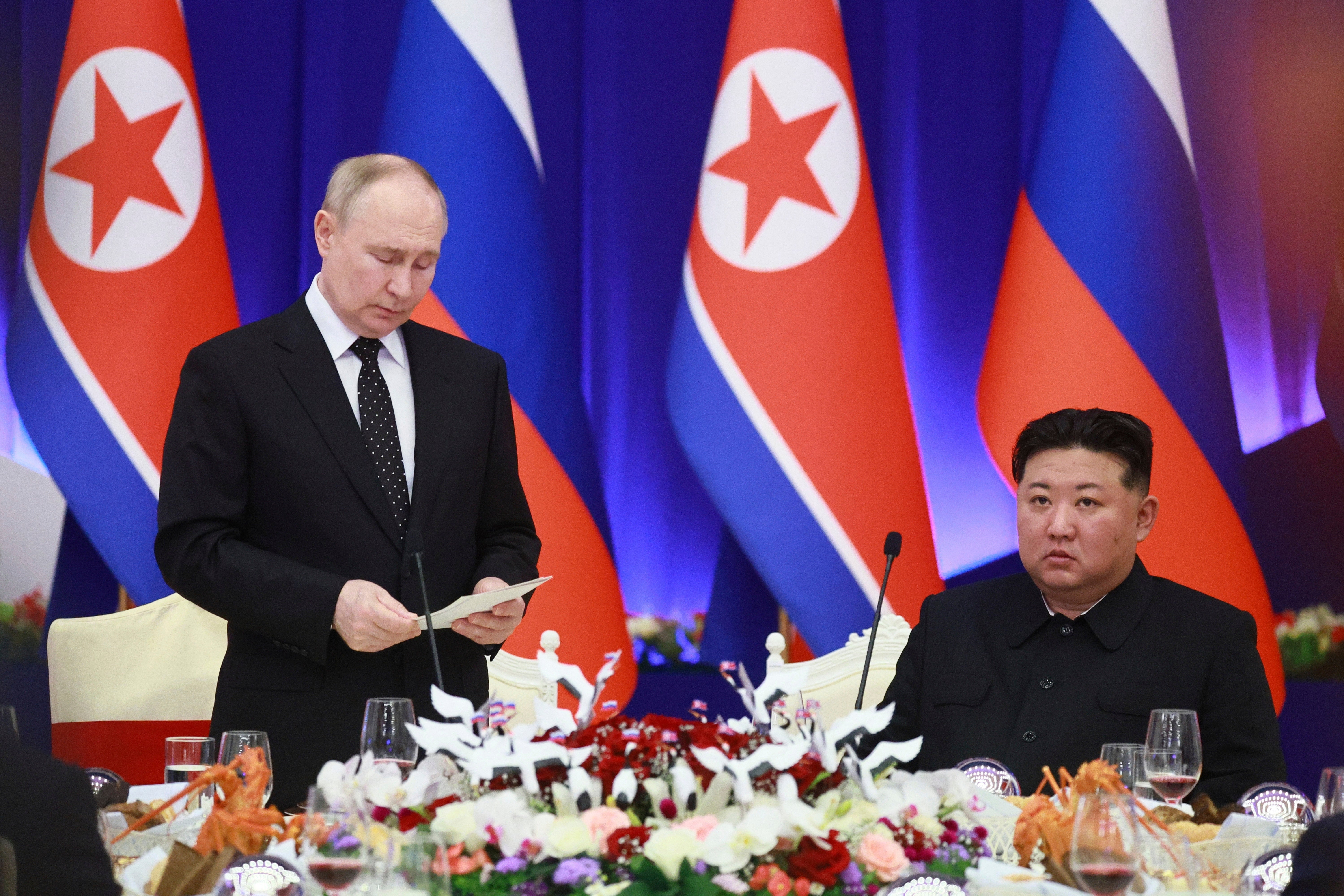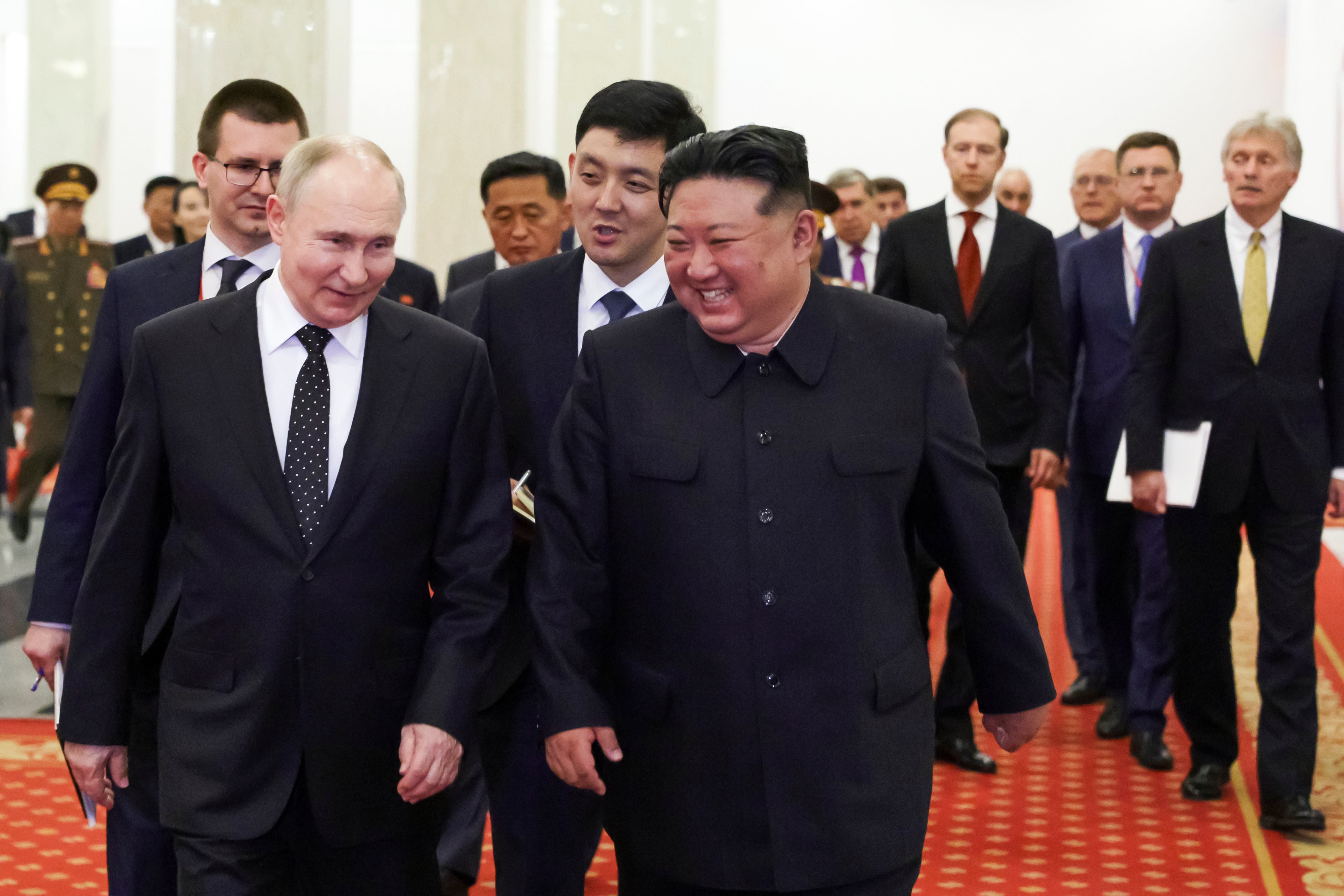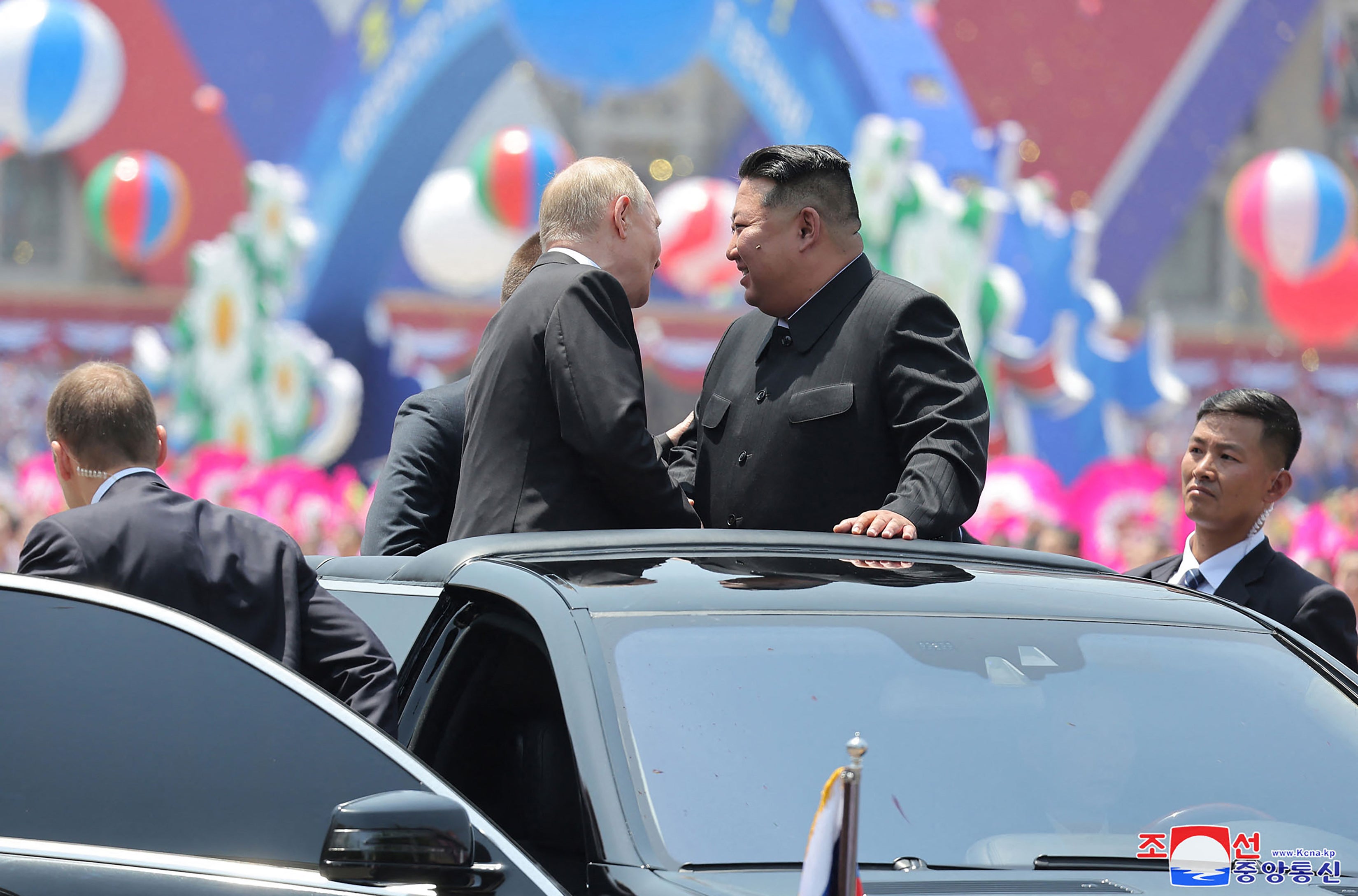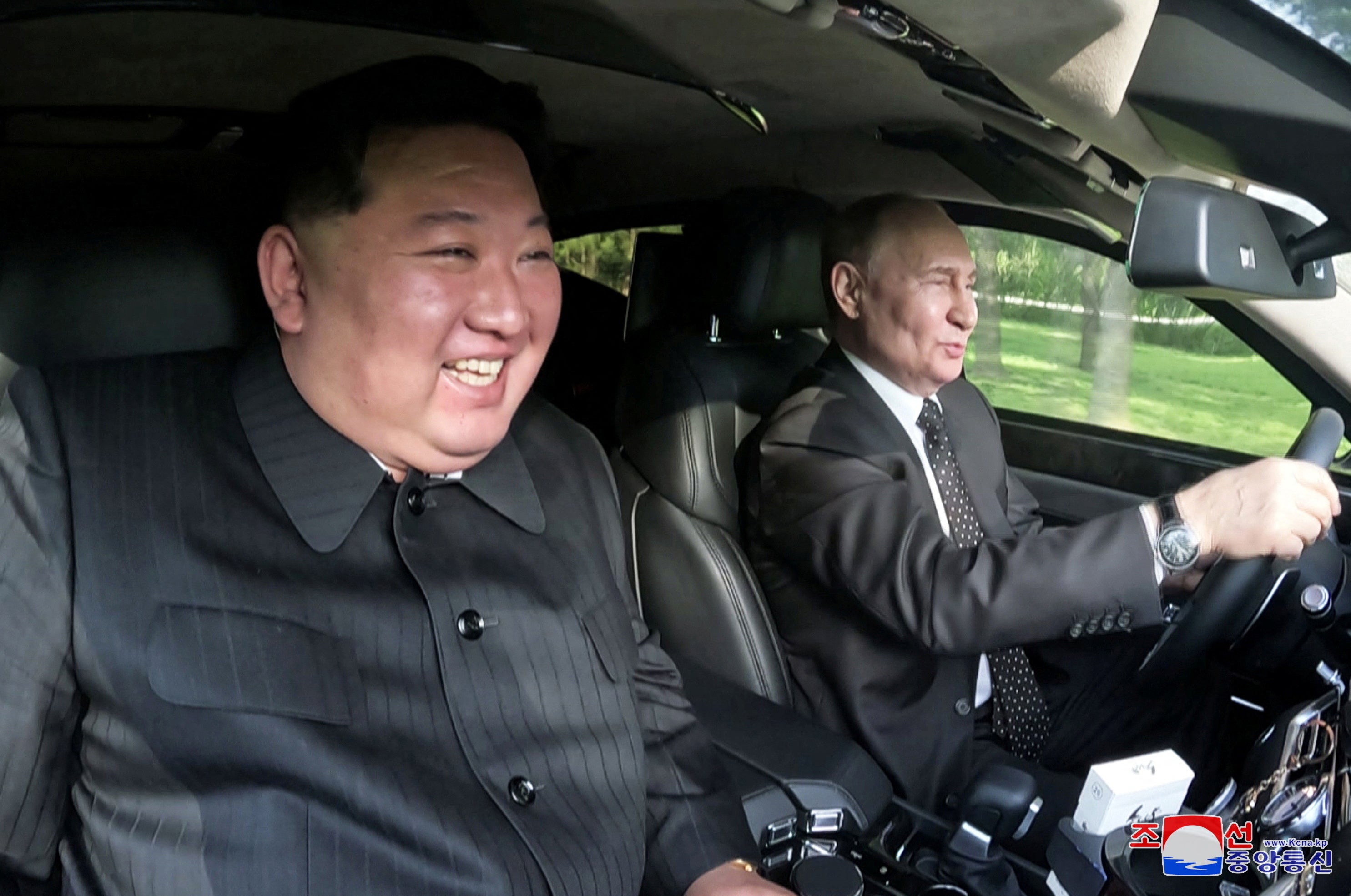VERACRUZ, Mexico (AP) — When the nursing home in southern Mexico began to bake in the country’s ongoing heat wave, staff cycled their elderly residents through the few cooling options they had.

Pedro Murillo, a diver, jumps into the sea amid the heat in Veracruz, Mexico, Saturday, June 15, 2024. Victims in Veracruz have made up nearly a third of Mexico’s heat-related deaths as temperatures have reached 100 degrees in the humid Mexican gulf state. (AP Photo/Felix Marquez)
By Félix Márquez And Megan Janetsky
VERACRUZ, Mexico (AP) — When the nursing home in southern Mexico began to bake in the country’s ongoing heat wave, staff cycled their elderly residents through the few cooling options they had.
First, some would sit in front of fans buzzing in the sweltering heat of Veracruz. Then they’d be moved in front of the building’s few treasured air conditioning units. Then it was back to the record-breaking temperatures roiling the Veracruz state.
Anything to get through the climate change-fueled heat wave, which has left much of Mexico grappling with the mounting human toll of the heat.
“We have never before experienced a heat wave this intense, this powerful, this pervasive and this persistent,” said María Teresa Mendoza, director of the Cogra nursing home, operating for decades in the port of Veracruz. “This heat wave has killed many people here in Veracruz.”
At least 125 people in the Latin American nation have died due to the heat this year, according to data from the country’s health ministry. More than 2,300 more have suffered heat stroke, dehydration and sunburns.
The heat deaths and larger ripple effects in Mexico have underscored the disproportionate effects climate change and rising global temperatures are having on some of the world’s most vulnerable.
Victims in Veracruz have made up nearly a third of the deaths as temperatures have reached 100 degrees in the humid Mexican gulf state. Caregivers like Mendoza have been left scrambling to ease the suffering of her patients.
On Sunday, Mendoza stood in front of a group of elderly women in rocking chairs, many with their heads nodding downward due to the heat, which was hardly pierced by a set of fans rotating in front of them.
“We’re going to drink a bit of water. Sounds good?” she said. “Those are my girls.”
The heat has had cascading effects across Mexico. Howler monkeys and tropical birds have dropped dead from trees in southern Mexico. Residents scramble to fill up jugs of water, concerned about the heat compounding ongoing drought. Migrants walk north with little to ease the beating sun.
Emergency services in Veracruz have been responding to a greater number of heat-related emergencies in areas like warehouses and even open air spaces.
David Zebadúa Escalante, coordinator of state relief for the Mexican Red Cross in Veracruz, said medics respond to as many as five heat strokes a day. As a result, teams began rigging ambulances with ice and other equipment in an effort to save lives.
“We had to take certain measures in the ambulances, like putting ice packs inside, cold liquids, cold compresses so we could treat people who have had heat stroke,” he said.
He said medics often attend to people working long hours in the sun, with few breaks and little water, which makes people more vulnerable to heat stroke.
Meanwhile, construction workers like Jorge Misael Rodríguez keep on working. Drenched in sweat, Misael Ródriguez carries heavy equipment, bricks and planks on the site.
“You feel feverish, feel pain, and get tons of headaches. Once you’re at home, the pain starts. In your shoulders, back and arms,” Rodríguez said, gulping down water during a break. “It hits you hard.”
___
Janetsky contributed from Mexico City.












